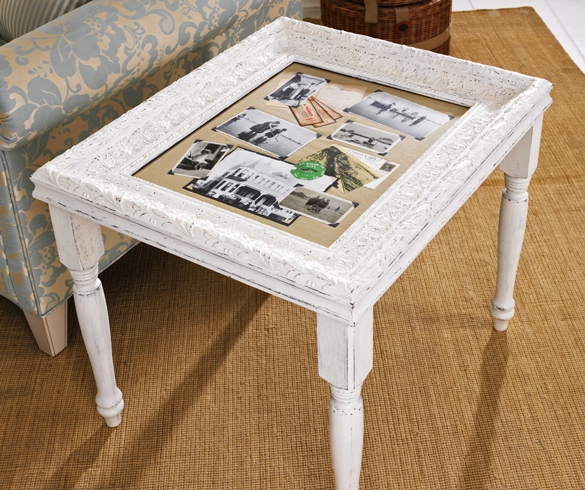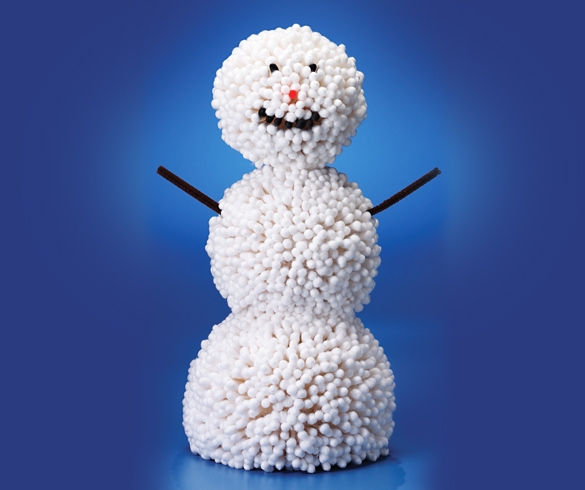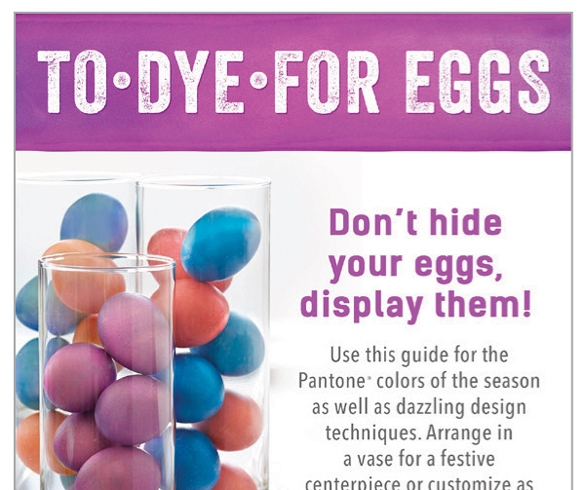It’s important to know that Aboriginal artists and art centres are not all one homogenous group – each have their own style, stories, methods, materials and traditions that are unique to their Country and culture, that often cannot be practiced elsewhere. Through the artwork produced in community art centres there is so much to be learned about the spirit, culture and history of our country’s First Nations people.
There are a few things to keep in mind when purchasing artwork by Indigenous artists. Supporting art centres that are Aboriginal owned, operated and governed means that economic autonomy remains within the community. I asked Shilo McNamee, Darwin Aboriginal Art Fair (DAAF) Foundation’s artistic director, why this is important.
‘Art centres are the beating heart of Indigenous communities. Supporting art centres ensures that Australia’s Indigenous art sector continues to flourish and excel’, she says. ‘The economic independence of communities helps ensure that people can continue to live on their homelands, resulting in the preservation of traditional practices, ceremonies, language, art and spirituality.’
Another important thing to look out for is that the art centre (or anywhere you are purchasing Aboriginal artwork from!) is a signatory of the Indigenous Art Code (IartC). This is a code of conduct (the Code) that art dealers, art centres and galleries can join to demonstrate their commitment to fair and ethical dealings when working with Indigenous artists. When art centres become signatories of the IartC, they are considered Dealer Members. ‘These businesses are committed to the fair and ethical trade with Aboriginal and Torres Strait Islander artists, and transparency in the promotion or sale of artwork’, says Gabrielle Sullivan, CEO of the Indigenous Art Code. ‘Dealer Memberships signifies a commitment to act fairly, honestly, professionally and in good conscience in all direct or indirect dealings with artists.’ Members of the IartC will generally display a logo on their website. You can read more about the IartC’s recommendations for buying ethically here.
As far as what percentage of an artwork purchase goes directly back to the artists, DAAF’s executive director Claire Summers notes an industry standard as a guideline. ‘Art centres have systems in place to ensure artists are paid ethically. It is an industry standard for artists to receive 60 per cent of the sale price, with 40 per cent returning to the Art Centres, to continue their important work in the community’, she says.
You should also expect to receive a Certificate of Authenticity (CoA) with artwork purchases over $250.
Now you’re equipped with the information to make an ethical purchase from an art centre – WHERE TO START? Many art centres have great websites and Instagram pages where you can learn more about the artists, their Country and their practice, and shop their artwork online. The Darwin Aboriginal Art Fair – who return 100% of all sales directly to the participating artists and art centres – has recently announced they will be going online this year from August 6th – 11th (check out their list of all 75 participating art centres and register for early access here). The Cairns Indigenous Art Fair (running August 17th – 22nd) has a list of their participating art centres on their website, as does the Tarnanthi Festival (whose Art Fair will run October 15th – 17th) in South Australia here.
To get you going, we’ve put together a list of 15 art centres that are Aboriginal owned and operated, signatories of the Indigenous Art Code, and showcase a diverse range of the incredible work being produced by artists of the world’s oldest living culture.
Please note this is by no means an exhaustive list – according to the IartC, there are over 60 Aboriginal and/or Torres Strait Islander-owned art centres who are members of the IartC! This is a place to start – we encourage you to keep looking, learning, supporting and celebrating!

Peter Mungkuri and Alec Baker with their collaborative painting ‘Nganampa Ngura (Our Country)’ (2020) Photo – Meg Hansen, Courtesy of Iwantja Arts.

Left: Betty Muffler with her painting ‘Ngangkari Ngura’ (2020). Right: Eric Barney with his painting ‘Ngura (Country)’ (2020). Photo – Meg Hansen, Courtesy of Iwantja Arts.

Tiger Yaltangki with his painting ‘Self Portrait’ (2020). Photo – Meg Hansen, Courtesy of Iwantja Arts.

Left: ‘Iwantja Tjukitji (Iwantja Soakage)’ by Julie Yatjitja of Iwantja Arts. Right: Leah Brady, at the APY Studio in Adelaide.

Left: Nyunmiti Burton in front of her painting at APY Gallery Adelaide. Right: ‘Kapi Tjukula’ by Yaritji Heffernan.

‘Wanampi Tjukurpa’ by Kukika Adamson.

Artwork by Sharon Adamson of Tjala Arts.

Epic woven hat by Doreen Djorlom of Marrawuddi Art Centre. Photo – courtesy of Marrawuddi Art Centre.

Weaving by Melba Gunjarrwanga of Marrawuddi Art Centre. Photo – Marrawuddi Art Centre.

Amy Namarnyilk and her partner Rodney, with Amy’s incredible weavings! All hand woven with pandanus, which have been collected and dyed with natural dyes. Photo – courtesy of Marrawuddi Art Centre.

Patsy Kelly and her sensational Marebu! Photo – courtesy of Marrawuddi Art Centre.

Painting by Robert Namarnyilk of Marrawuddi Art Centre.

Artwork by Gwenneth Blitner of Ngukurr Arts. Image – courtesy of Ngurkurr Arts.

Gwenneth Blitner at work! Photo – courtesy of Ngukurr Arts.

‘Crayfish’ by Wally Wilfred Ḏakawa of Ngukurr Arts. Image – courtesy of Ngurkurr Arts.

‘Station Life’ by Jill Daniels of Ngukurr Arts. Image – courtesy of Ngurkurr Arts.

‘Wantili’ by Cyril Whyoulter of Martumili Artists. Image – courtesy of Martumili Artists.

‘Parnngurr Community’ by Bugai Whyoulter of Martumili Artists. Image – courtesy of Martumili Artists.

Martumili artists Elizabeth Toby and Lorna Linmurra. Photo – Kate Shanasy.

Left: Martumili artists painting at the art centre. Right: Artist Judith Anya Samson. Photo – Kate Shanasy.

From Left to right: ‘Untitled’ by Ivy Bidu, Untitled by Bugai Whyoulter, Nyurnma by Muuki Taylor of Martumili Artists. Images – courtesy of Martumili Artists.

Pirrnpirrnga – Desert Bore by Ann Lane Nee Dixon of Ikuntji Artists. Photo – courtesy of Ikuntji Artists.

Artist Eunice Napanangka Jack working on a painting for a show. Photo – courtesy of Inkuntji Artists.

An Ikuntji artist working. Photo – courtesy of Inkuntji Artists.

Sheraldeen Marshall modelling pieces from the beautiful Inkuntji Artists x Publisher Textile collection! Photo – Christian Koch

Left: Ngiya Murrakupupuni by Dino Wilson of Jilamara Arts. Right: Timothy Cook with his painting Kulama and his Country Mananowmi in the distance, 2021. Photo – Will Heatcote for Jilamara Arts

Left: Ngiya Murrakupupuni by Michelle Woody Minnapinni of Jilamara Arts. Right: Pedro Wonaeamirri with his Tutini for NIRIN BoS, 2020. Photo – Will Heathcote for Jilamara Arts

Left: Weaving by Evonne Munuyngu of Bula’bula Arts. Right: Banda (Long Neck) by Roy Burnyila of Bula’bula Arts

Left to right: Collecting for weaving, Weavings by Janice Djupuduwuy and Julie Djulibing Malibirr of Bula’bula Arts.

Artwork by Johnny Warrkatja Gapuwiyak Culture and Arts. Image – courtesy of Gapuwiyak Culture and Arts.

Artwork by Johnny Warrkatja of Gapuwiyak Culture and Arts. Image – courtesy of Gapuwiyak Culture and Arts.

‘Untitled’ by Mulyatingki Marney and Nancy Nyanjilpayi of Spinifex Hill Artists.

‘Untitled’ by Nyangulya Katie Nalgood of Spinifex Hill Studio.

‘Wantili’ by Country Ngamaru Ngamaru Bidu of Spinifex Hill Studio.

‘Jarntinti’ by Nyanglpayi Nancy Chapman of Spinifex Hill Studio.

Left: ‘Untitled’ by Doreen Chapman of Spinifex Hill Studio. Right: ‘Untitled’ by Selena Brown of Spinifex Hill Studio.

A woven piece by Numbulwar Numburindi artists. Photo – courtesy of Numbulwar Numburindi.

A woven piece by Numbulwar Numburindi artists. Photo – courtesy of Numbulwar Numburindi.

Photo – courtesy of Numbulwar Numburindi artists.

Ladies with pandanus. Photo – courtesy of Numbulwar Numburindi artists.

Woven pieces by Numbulwar Numburindi artists. Photo – courtesy of Numbulwar Numburindi.

Left: Cynthia Burke on Country, Right: Artwork by Cynthia Burke of Maruku Arts.

Artwork by Niningka Lewis of Maruku Arts.

Nora Abbott in the studio. Photo – courtesy of Tangentyere Artists.

‘Tempe Down, That Country and the Animal that Belong’ by Marjorie ‘Nunga’ Williams, 2020. Image – courtesy of the artist and Tangentyere Artists.

‘When I was Young One’ by Grace Robinya, 2021. Image – courtesy of the artist and Tangentyere Artists.

‘Waterhole inside Palm Valley’ by Joanne Napangardi Wheeler, 2021. Image – courtesy of the artist and Tangentyere Artists

‘Big Puta Puta After Rain’ by Nora Abbott, 2021. Image – courtesy of the artist and Tangentyere Artists

Left to right: Tjulpus (birds) by Rochelle Ferguson, Tjilkamarta (echidna) by Lisa Armstrong, Papa (dog) by Katrina Tjitayi of Tjanpi Desert Weavers.

Left: Cynthia Burke from Warakurna (WA), 2019. Image by Jade Brockley Courtesy of Tjanpi Desert Weavers. Right: Umutja Toyota Come on Toyota! by Nellie Patterson of Tjanpi Desert Weavers.

Left: Nyapanyapa Yunupingu with her family. Right: Artist Nyapanyapa Yunupingu celebrates finishing her huge work Djulpan-Seven Sisters. Photo – courtesy of Buku-Larrŋgay Mulka Centre.

From left to right: Nyapanyapa Yunupingu working on a piece. Wanapa Munuŋgurr with his bark painting depicting his homeland community Wandawuy. Dhambit Munuŋgurr with part of her installation for the NGV Trienniel,








